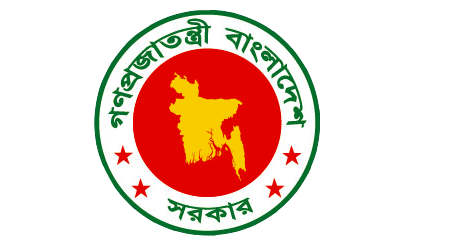Improved nutrition is seen by many development agencies as a direct investment in human development that enhances the productivity of labor. This can be done both by strengthening the household resource base for food, and by enhancing target groups’ control and management of these resources. Furthermore, through collaboration with various development agencies oriented towards nutrition-related health and education interventions, development projects and practitioners can play a critical catalytic role in overcoming the nutrition problems of the rural poor.
It is, however, the case that many practitioners will find that they do not have at their disposal all the information that they need to maximize the nutrition impact of rural development projects. This guide outlines methodologies that will assist practitioners to improve the nutrition impact of development activities. The methodologies described here are jointly referred to as nutritional assessment. The guide begins by explaining what is meant by nutritional assessment, and how it can reinforce linkages between nutrition and agricultural development. The guide then considers how nutritional assessment can be used in rural development projects for beneficiary targeting and project formulation, as well as for practical project monitoring and evaluation. It is concluded that nutritional assessment has great potential for geographical targeting at little additional cost, and is also a useful input into project formulation. It is invaluable at the monitoring and evaluation stage because it offers the possibility of directly measuring the human welfare impact of development activities, and also because the information generated can only with some difficulty be manipulated by interested parties. In the final section of the guide, the preceding theoretical discussions are illustrated using data from Honduras and Northern Ghana.
Project controllers and others interested in reading about these topics in more detail are advised to consult Gibson (1990) and World Health Organization (1995).



